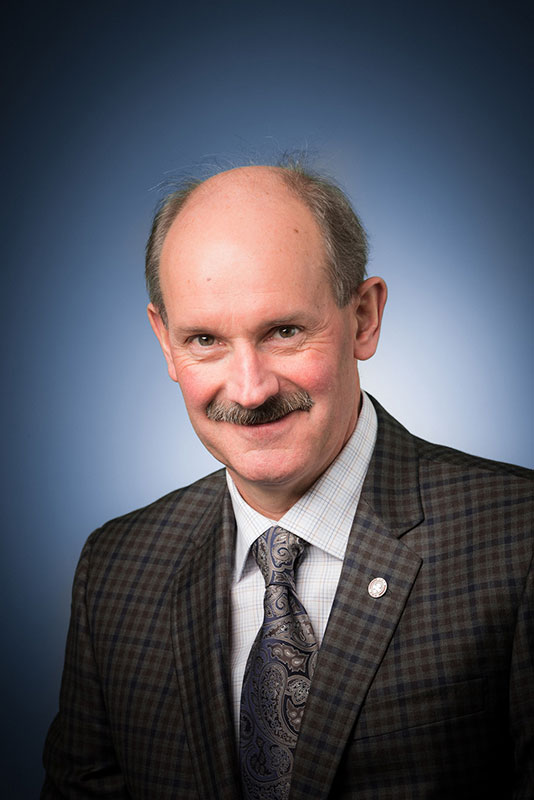Peter Mascher is a professor in the Department of Engineering Physics and holds the William Sinclair Chair in Optoelectronics at McMaster University in Ontario, Canada. There, he leads a research group specializing in the fabrication and characterization of nanostructures. Mascher was recently named technical editor of the ECS Journal of Solid State Science and Technology (JSS) in the area of dielectric science and materials.
is a professor in the Department of Engineering Physics and holds the William Sinclair Chair in Optoelectronics at McMaster University in Ontario, Canada. There, he leads a research group specializing in the fabrication and characterization of nanostructures. Mascher was recently named technical editor of the ECS Journal of Solid State Science and Technology (JSS) in the area of dielectric science and materials.
The Electrochemical Society: What made you want to take on an ECS editorial role?
Peter Mascher: I’ve been a member of the ECS Dielectric Science and Technology Division for many years and we’ve had many discussion on how to raise the quality of submissions to JSS and by extension, the quality of the journal overall. At some point in time, when the opportunity arises, one should try to make a contribution rather than just discussing it. I think there are avenues toward increasing the profile of the journal and I hope I can make a contribution there.
ECS: What do you hope to accomplish in your new role as JSS technical editor?
PM: I would like my colleagues who contribute to the ECS meetings in the various symposia to be much more aware of the journal and the opportunity to publish in JSS, which will help increase the overall quality. There should be a strong connection between the excellent presentations that are given at the various symposia at ECS meetings and the manuscripts that are being submitted to the journal.
ECS: What are the biggest barriers in the current scholarly publishing model?
PM: The biggest barrier to both authors and readers is the exorbitant cost of journals. A library budget cannot possibly keep up with the escalation of costs by a handful of major international publishers. At the same time, many funding agencies – certainly Canadian funding agencies – are moving down a path towards ultimately demanding that publications be made open access, which puts that price back on the authors. Of course, research funding doesn’t increase by such large percentages, so there is a real problem with how to finance the dissemination of knowledge in reputable journals. From this, predatory journals emerge that offer essentially free publication with some make-believe reviewers and these journals suddenly look very attractive, until you take a closer look at what they actually are. I think that’s a real danger, especially for junior researchers and faculty members who might not be quite as experienced.
ECS: What role do you believe open access has in the future of scholarly publishing?
PM: I think open access is very important, especially if you believe that scientific disciplines should be for the benefit of a global good. There are countries that are just in the stage of really developing their research infrastructure and simply do not have the money to buy subscriptions. For them, open access is the only way to gain access to high-level publications internationally, and affordable open access is their only way to publish their own work. I think there’s an obligation to some extent by the scientific communities in Europe and North America and some other areas of the world to make their knowledge available to areas where the research infrastructure isn’t as well developed.
ECS: What is the importance of dielectric science and materials in today’s society?
PM: Dielectric materials find their way into many, many areas of application. One example is my own research. We are working on silicon-based nanostructures for optoelectronic applications. If you look at the field of silicon photonics, for instance, while the core material is the semiconductor, you need to have several layers that usually have very distinct dielectric properties such as silicon oxides, silicon nitrides, or silicon carbides to make that device. Without those layers and without these structures, you couldn’t actually manufacture a device. The very same argument holds for many of the microelectronic structures. Somewhere in the structure, you’ll always find the dielectric for particular reasons.

